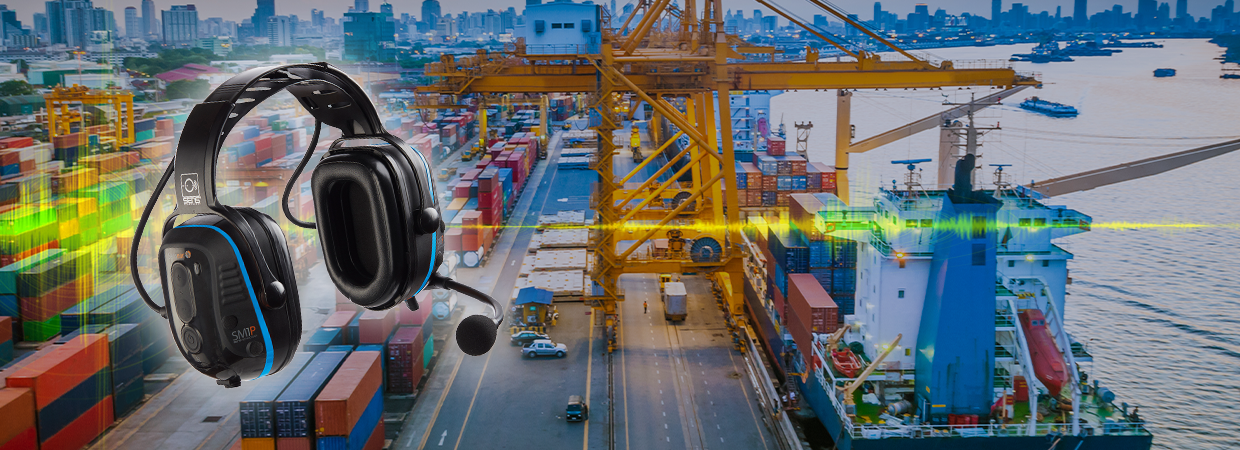- Home
- Blog
- Hearing Protection
- Do Your Employees Have the Right Level of Hearing Protection?

Do Your Employees Have the Right Level of Hearing Protection?
Creating and maintaining a safe work environment is a top priority, whether you hold a 9-5 office job or do two-week swings on the mines.
Hard hats and hi-vis vests are common solutions to workplace safety issues, but other factors like noise can get overlooked. And when it comes to true safety and protection from noise, you’ll need to do more than just pop a pair of earplugs in.
The Danger of Workplace Noise
Research from Safe Work Australia shows that up to 32% of the nation’s workforce is likely to work in an environment where they’re exposed to loud noise. The most at risk are industrial equipment/truck drivers, technicians and tradies or tradesmen, as well as people who work with machinery and outdoors.
Too much noise from things like explosions and heavy machinery can result in hearing loss and conditions like tinnitus - ringing in the ears. But background noise can be just as damaging. Long-term exposure to constant loud noise can be as harmful to your hearing as sudden spikes in sound.
Loud noise is also proven to increase stress levels, make communication between team members more difficult, and disturb sleep patterns. Therefore, the best way to tackle workplace noise is to know how to reduce its impact.
Know Your Noise Reduction Rating
Each workplace has a different level of noise, which will determine what types of hearing protection the workforce needs to be safe.
Excessive noise is widely defined as exposure to 85dB or more of sound over an 8-hour period. Many workplaces can have noise levels far in excess of 85dB, so workers need to wear hearing protection.
What they wear should be calculated using the Noise Reduction Rating (NRR), a measurement of how effective the protection is.
Calculating Your NRR
Safety kits such as earmuffs or headphones will have an NRR rating indicated. When this is subtracted from the decibel level of the work environment, the final number should indicate whether or not more protection is required.
However, a little math is needed to get the correct reading – the NRR rating on the kit is not the precise number of overall noise reduction.
For example, a worker may be exposed to noise as great as 100dB in their workplace, and get issued with hearing protection equipment with an NRR of about 30dB.
The exposure level is not reduced to 70dB with the earmuffs, it is actually reduced to 88.5dB.
To get that number, subtract seven from the NRR decibel number, divide that by two and then subtract the result from the original noise level.
Check out our new online Hearing Protection Calculator with four methods of calculation (NRR method, SNR method, HML method, and Octave band method)
If you need more information about this, visit the OSHA website.
Finding the Right Protection
Though your workplace may have noise protection gear already, it pays to check that it’s actually doing the job it’s meant to do. Using NRR calculations will ensure you know the exact requirements your workplace calls for.
Sensear SENS® Technology is a leading solution for workplace noise reduction with industrial headsets, tailoring state-of-the-art equipment to the exact needs of the people using them. This is more than just noise canceling - Sensear SENS® Technology is a sure way to protect your workers over the long term, offering complete protection and total communication.
Choosing the right industrial headset can be a head-spinning challenge. With so many products on the market claiming to offer so many different benefits, the process can quickly become overwhelming. Here’s a free download guide on how to choose the best headsets for your industry, your needs, and your environment ...







